One place I like to learn about books is in my college’s alumni magazine. I often discover books I probably wouldn’t otherwise have come across if the author hadn’t gone to Brown.
 In the May/June issue of the Brown Alumni Magazine, I read about Andrea Seigel’s new book, To Feel Stuff. (Once again, irritating – she’s much younger than I am: Class of 2001). The book is about a young woman who suffers through several illnesses in succession, becoming so sick that she literally moves into the Brown infirmary. The story is told from three points of view: her doctor’s, and hers and that of another student with whom she corresponds and falls in love.
In the May/June issue of the Brown Alumni Magazine, I read about Andrea Seigel’s new book, To Feel Stuff. (Once again, irritating – she’s much younger than I am: Class of 2001). The book is about a young woman who suffers through several illnesses in succession, becoming so sick that she literally moves into the Brown infirmary. The story is told from three points of view: her doctor’s, and hers and that of another student with whom she corresponds and falls in love.
From Amazon:
Seigel’s sophomore effort is a scattershot case study in illness, love and the unexplained. Elodie Harrington is an undergraduate at Brown University who lives in the college infirmary, suffering from a series of unrelated illnesses “piggybacked one upon another,” so that she never fully recovers. Her story is told from three points of view—Dr. Mark Kirschling’s account of her confounding symptoms in the Journal of Parapsychology and letters between Elodie and Chester Hunter III, a fellow undergrad she meets in the infirmary. Though the structure is a bit contrived (the letters and journal article are filled with dialogue), each section picks up with little repetition. As Chester mends and Elodie get sicker, it becomes clear that their blossoming love is threatened by the specter of health. It doesn’t all hold up to close scrutiny, but Seigel has crafted believable characters to anchor the fantastical circumstances, and it’s a testament to her ability to captivate that the book ends at what feels like just the beginning.
This is Seigel’s second book. Her first, Like the Red Panda, came out in 2004, and is about a disaffected high school senior bent on killing herelf before arriving at Princeton at the end of the summer. Amazon’s site calls it “astute, confident and keenly articulated,” and “bleak but sharply humorous, and even redemptive.” There are a lot of blog reviews of this book out there too – see here and here.
Here is Andrea Seigel’s oddly compelling blog.
Thanks, Brown Alumni Magazine.

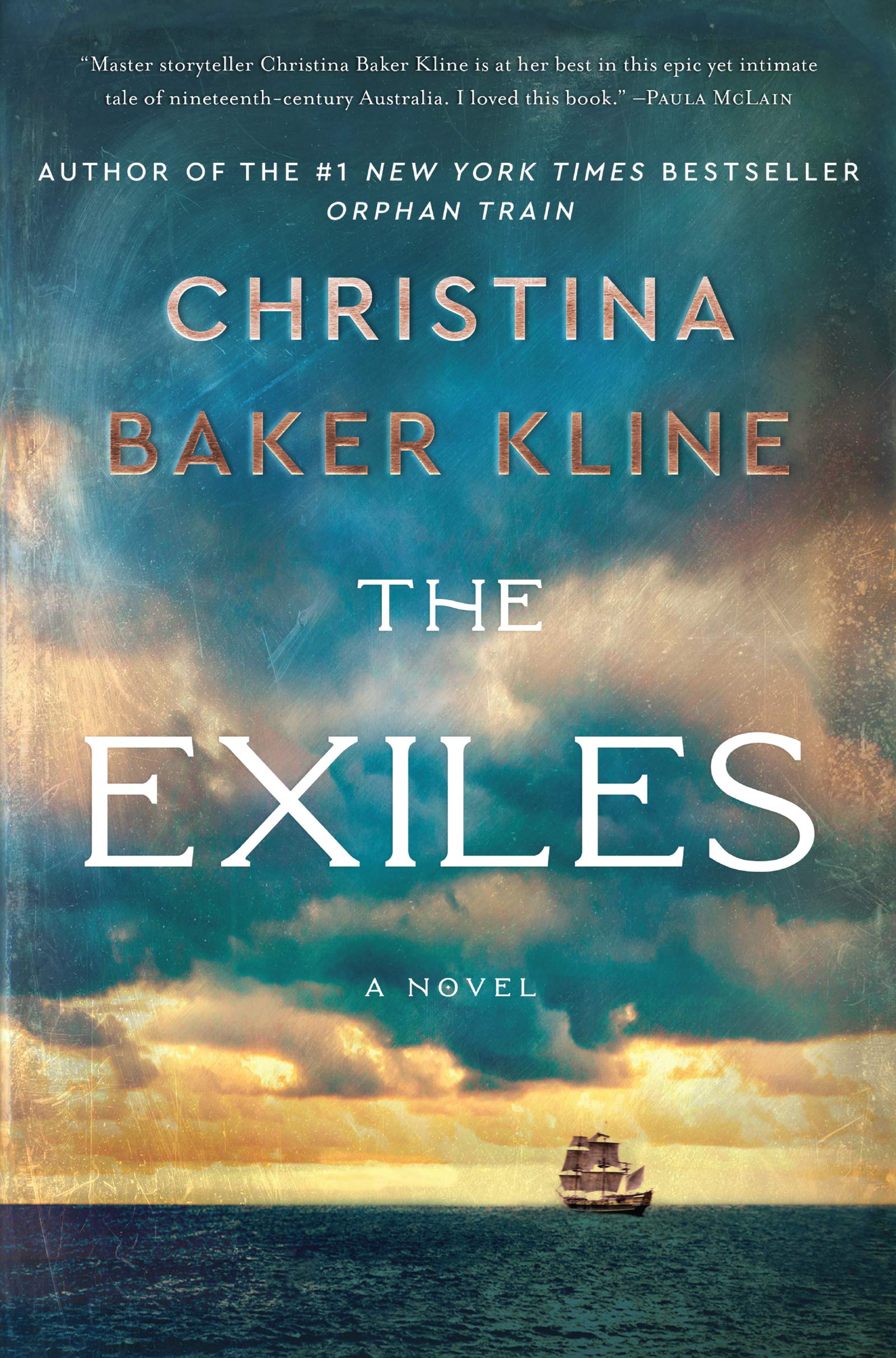
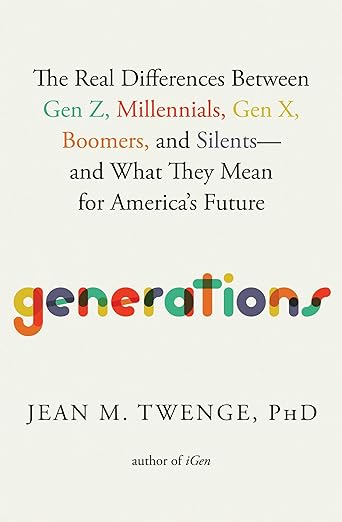

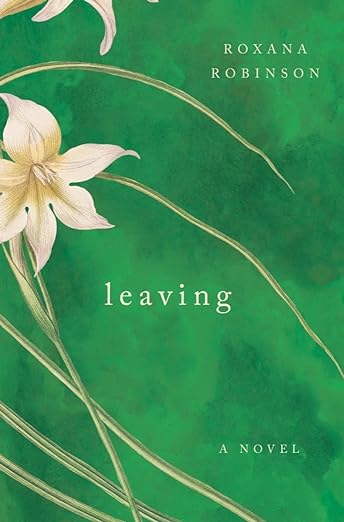
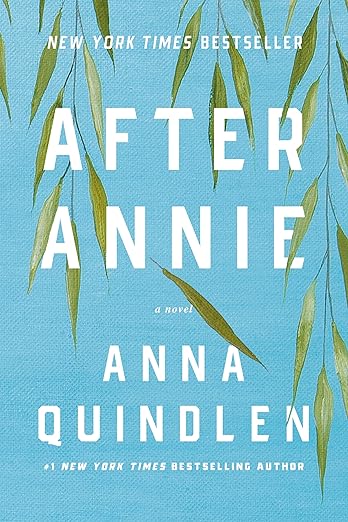
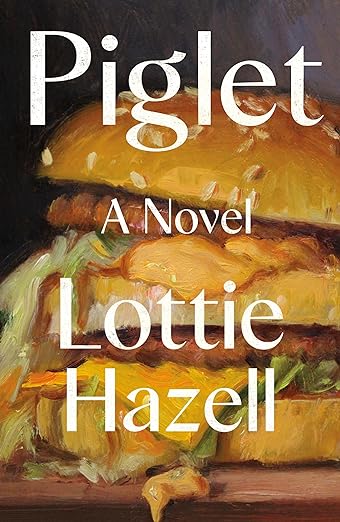
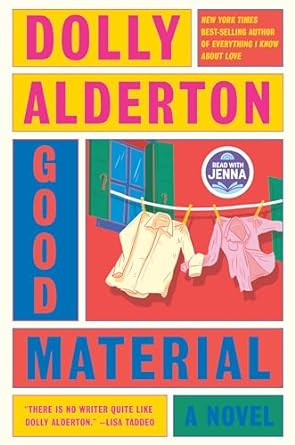
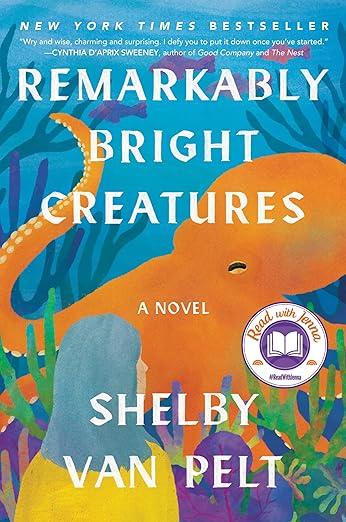
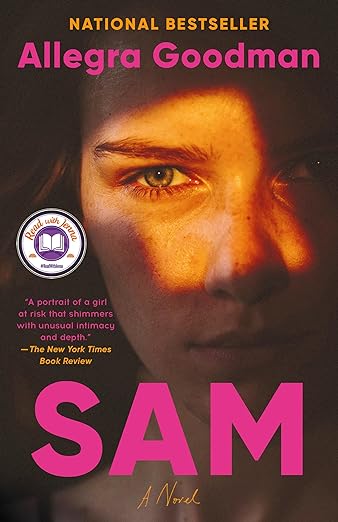
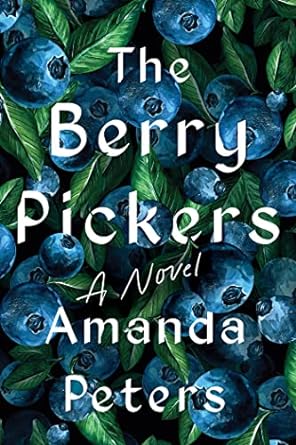
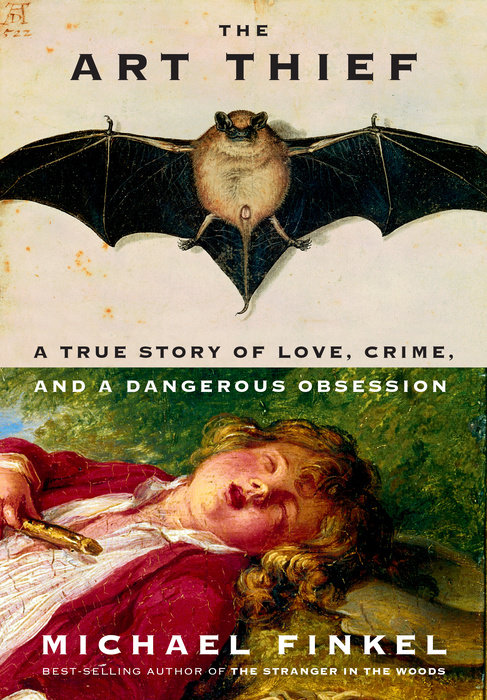
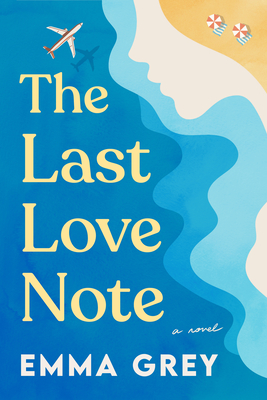
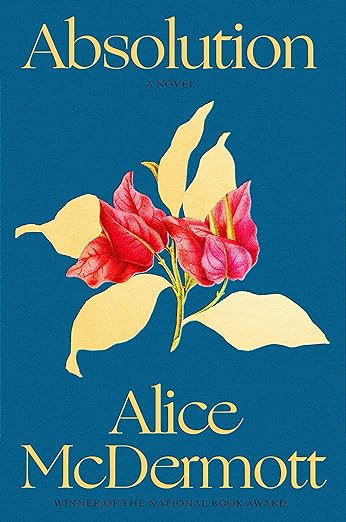
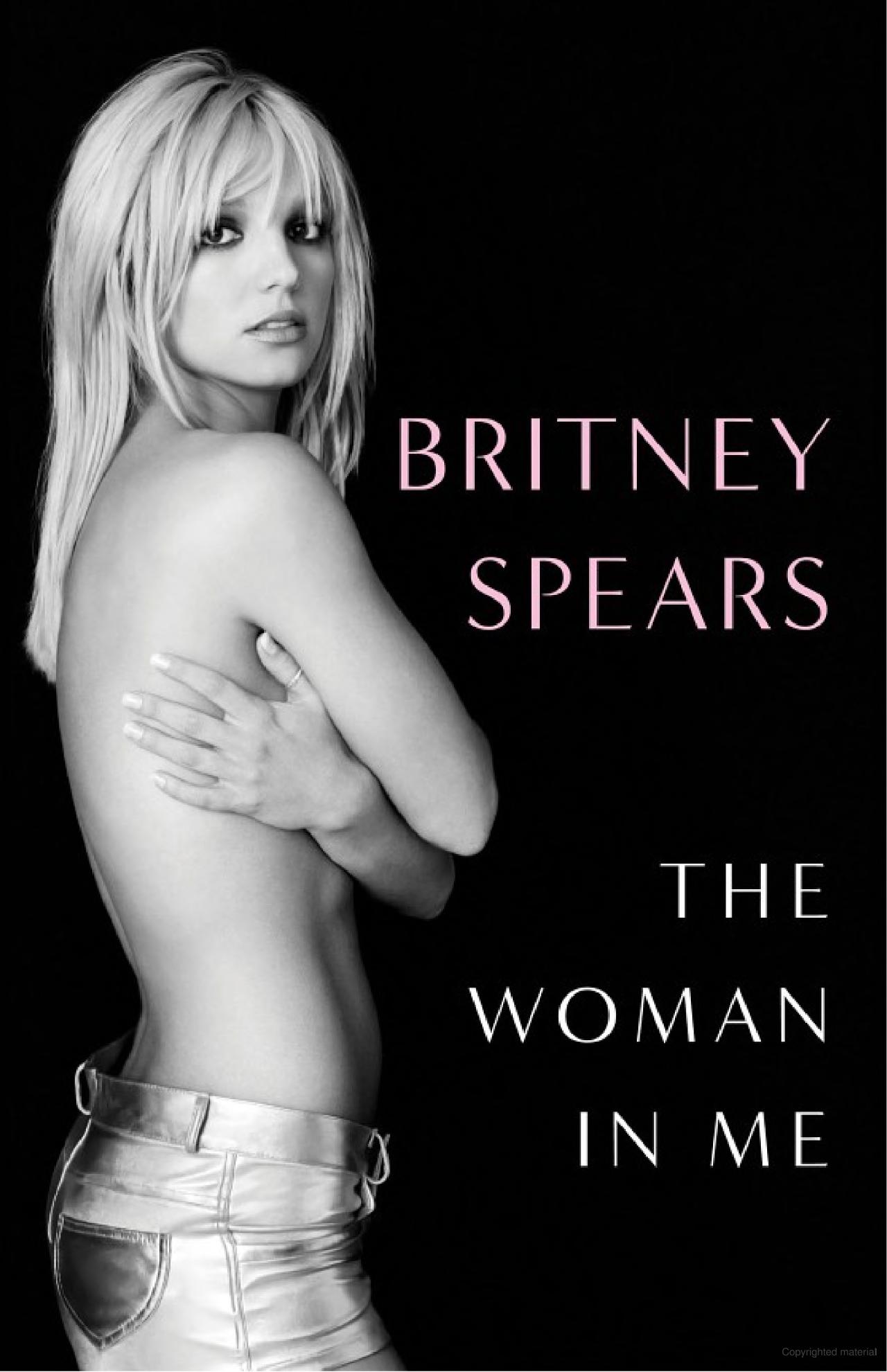
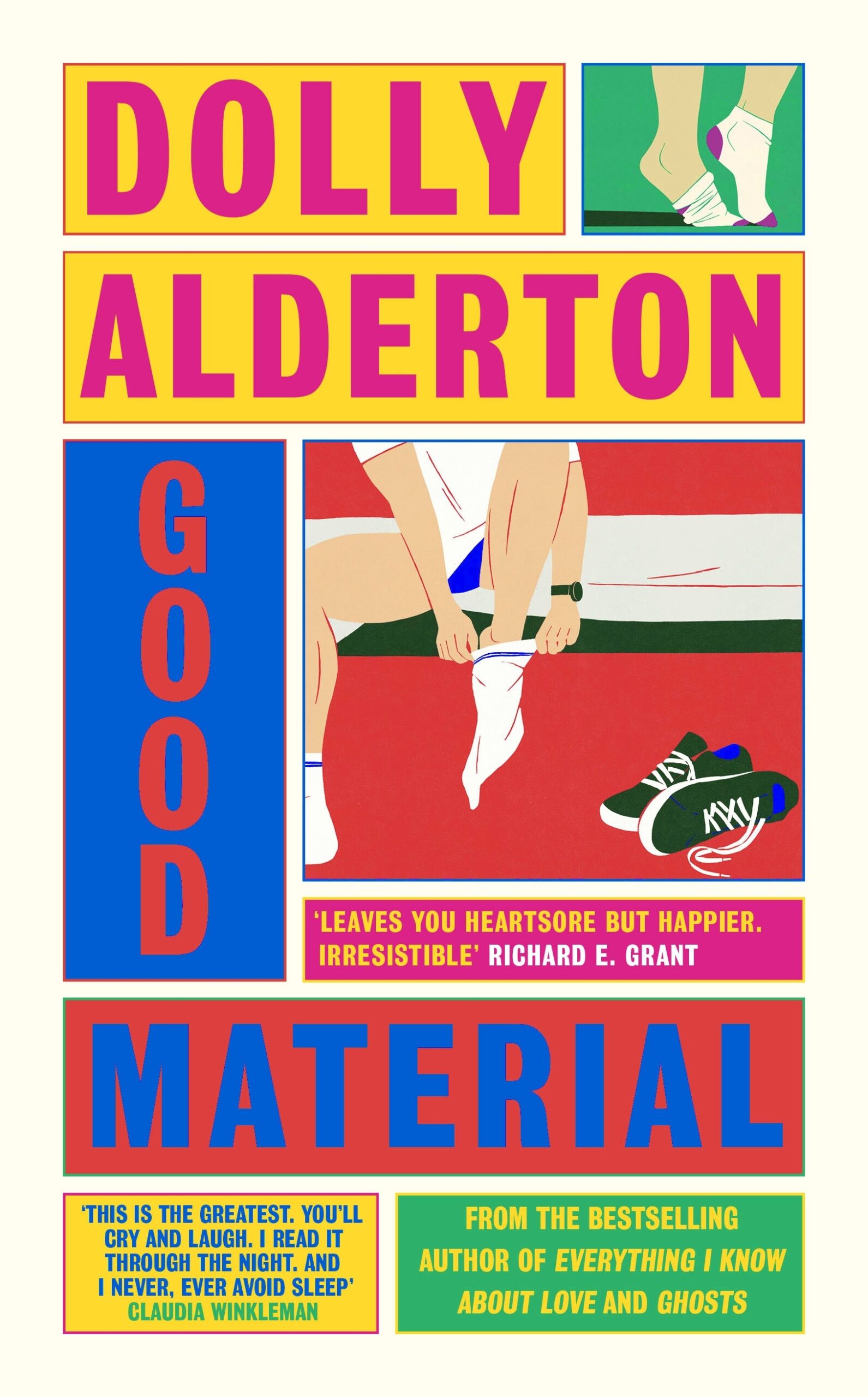
About Me
I have been blogging about books here at Everyday I Write the Book since 2006. I love to read, and I love to talk about books and what other people are reading.